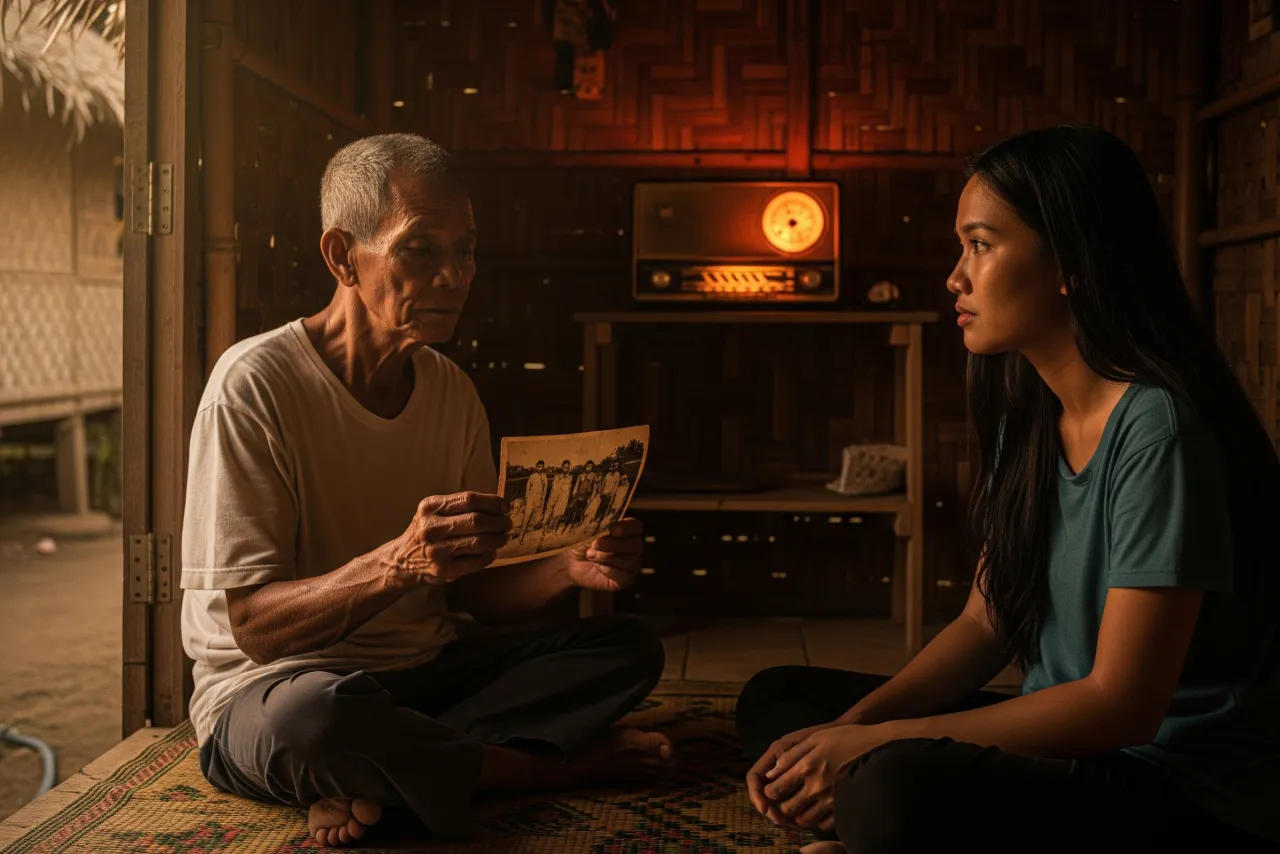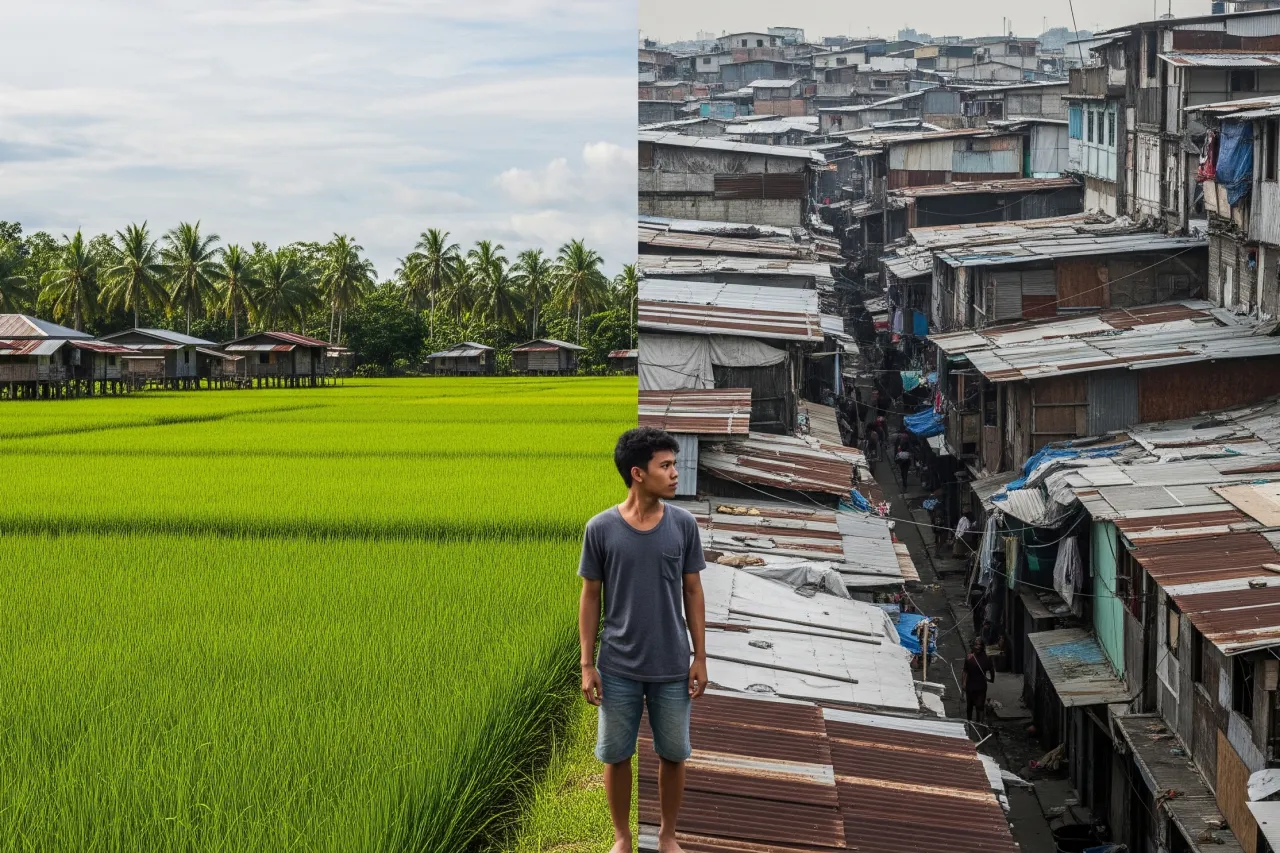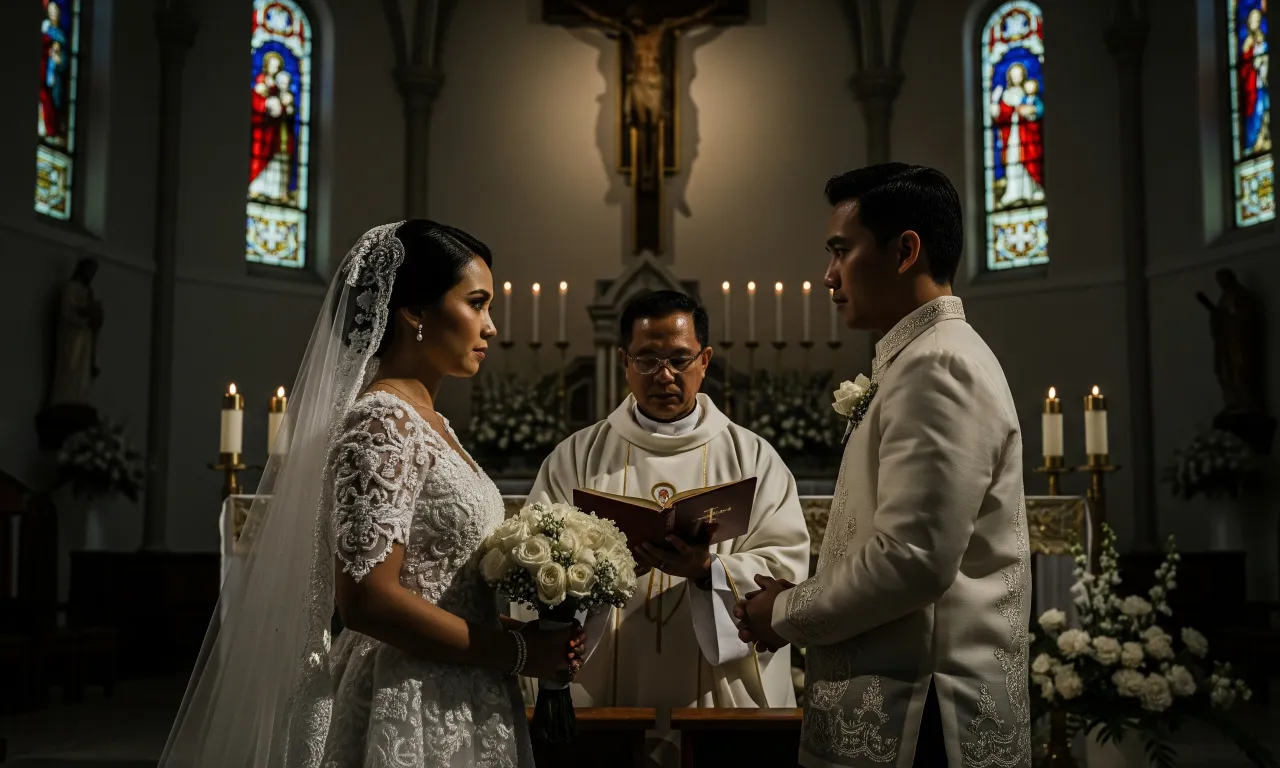When the lights go out in a household and a grandfather reaches for an old photograph, he isn’t just looking at paper and faces. He is holding proof that history lives in people’s bones. For millions of Filipinos, Martial Law under Ferdinand Marcos wasn’t a political footnote — it was a lived, often brutal, chapter of life that reshaped families, careers, and communities. This piece gathers history, documented facts, and the untold testimonies of ordinary people who survived that era — not to inflame, but to remember, understand, and demand truth and justice where they’re still due.
- 🕰️ The Official Start: What Happened and When
- ⚖️ The Hard Numbers: Scale of Repression
- 🔇 What Ordinary People Remember: The Small, Painful Things
- 📚 A Quick Timeline: Policy, Crackdown, and Everyday Life
- 🧾 Voices on Record: What Was Found
- 🧑⚖️ The Hidden Costs: Life After Detention or Family Loss
- 🧩 Untold Stories: Everyday Resistance and Quiet Courage
- 🧭 Remembering Without Weaponizing
- 🧰 Seeking Justice Today
- 📣 Talking About Martial Law Sensitively
- ❓ FAQs
- 🔥 Why These Stories Still Matter
- 🕊️ Final Thought
🕰️ The Official Start: What Happened and When
The Marcos administration formally placed the Philippines under Martial Law with Proclamation No. 1081. While the document is dated September 21, 1972, the public announcement effectively reached the nation in the evening of September 23, 1972, and that night marked the beginning of sweeping arrests, media shutdowns, and the suspension of civil liberties.
That proclamation set in motion a period of authoritarian rule that lasted through the core years of Martial Law (1972–1981), though Marcos’ concentrated powers and one-man style of governance extended in practice until his ouster in February 1986.
⚖️ The Hard Numbers: Scale of Repression
Numbers are blunt instruments, but they help us measure magnitude. Thousands of abuses took place during Marcos’ rule — extrajudicial killings, enforced disappearances, torture, and detentions without trial. Conservative tallies place the totals in the thousands for killings and tens of thousands for arrests and documented torture cases.
When it comes to official reparations work, the Human Rights Victims’ Claims Board (HRVCB) recognized over 11,000 victims for financial reparations after processing tens of thousands of claims. That board’s public tally is a formal recognition of the scope and the state’s role in addressing past injustices.
🔇 What Ordinary People Remember: The Small, Painful Things
Numbers give scale; memories give texture. Below are the kinds of experiences ordinary Filipinos still recall:
-
Sudden knock at dawn: Neighbors taken away in the night, no clear reason given, no paperwork. For many families the search for a missing father, sibling, or spouse never ended.
-
Radio silence & shuttered presses: Independent newspapers were closed. Families that once followed daily news found only state-approved bulletins; journalists were among those targeted.
-
The price of speaking up: Students, teachers, and activists who organized rallies found themselves blacklisted, detained, or worse — a trauma that edged into every public conversation.
-
Lost livelihoods: Farmers and small vendors who protested land grabs or abuses sometimes found their businesses under pressure, making survival a daily negotiation.
📚 A Quick Timeline: Policy, Crackdown, and Everyday Life
| Year | Key Event | Everyday Impact |
|---|---|---|
| 1972 | Proclamation No. 1081 declared; initial arrests and media closures. | Curfews, sudden disappearances, fear in communities. |
| 1973–1976 | Suppression of opposition and consolidation of powers. | Increased censorship; activism driven underground. |
| 1981 | Formal lifting of Martial Law — power still concentrated with Marcos. | Public optimism mixed with suspicion; many abuses continued. |
| 1983–1986 | Assassination of Ninoy Aquino (1983) → growing protests → People Power (1986). | Nationwide mobilization; ultimate ouster of the regime. |
🧾 Voices on Record: What Was Found
The historical record is built from victims’ memories, court rulings, NGO reports, and government findings.
-
Thousands of abuses — killings, torture, and disappearances documented.
-
HRVCB reparations — over 11,000 victims recognized and compensated.
These findings move the conversation from anecdote to state-recognized harm — and that matters for justice and public memory.
🧑⚖️ The Hidden Costs: Life After Detention or Family Loss
Survivors often describe double injuries: the immediate harm and the long-term costs.
-
Economic collapse: Families that lost breadwinners had to reinvent survival strategies.
-
Stigmatization: People labeled as “subversives” found doors closed to jobs and services.
-
Intergenerational trauma: Descendants inherited both material loss and deep mistrust.
🧩 Untold Stories: Everyday Resistance and Quiet Courage
Not all resistance was dramatic. People resisted in quiet, powerful ways:
-
Teaching banned books in private circles.
-
Hiding activists’ families.
-
Using coded language in sermons and community gatherings.
-
Smuggling censored newspapers across provinces.
🧭 Remembering Without Weaponizing
Ordinary narratives humanize statistics. They:
-
Fuel empathy — “Never again” becomes real when someone hears a firsthand story.
-
Fill gaps — Oral testimonies replace destroyed or missing records.
-
Educate — Young Filipinos better grasp history through lived accounts.
🧰 Seeking Justice Today
Ordinary Filipinos still pursue justice through:
-
Filing claims with the HRVCB.
-
Supporting truth-telling projects.
-
Demanding accurate history in schools.
-
Using legal channels to prosecute abuses.
📣 Talking About Martial Law Sensitively
-
🎧 Listen first — Survivors value being heard.
-
🧾 Verify facts — Use credible, documented sources.
-
🧭 Avoid divisive labels — Keep conversations rooted in empathy.
❓ FAQs
Q: When did Martial Law start?
A: Proclamation No. 1081 was dated September 21, 1972, and announced on September 23, 1972.
Q: How many victims were there?
A: Thousands suffered abuses; over 11,000 victims have been formally recognized for reparations.
Q: Is it taught in schools?
A: Yes, but coverage and emphasis vary — civic education helps ensure understanding.
🔥 Why These Stories Still Matter
Ordinary Filipinos’ stories about Martial Law warn us how fragile rights are when power concentrates.
You can help by:
-
Supporting archives and museums.
-
Advocating for civic education.
-
Sharing verified testimonies.
-
Resisting historical erasure.
🕊️ Final Thought
Listening to a survivor is more than curiosity — it’s care. Their stories are not only about the past; they help guard our future.




